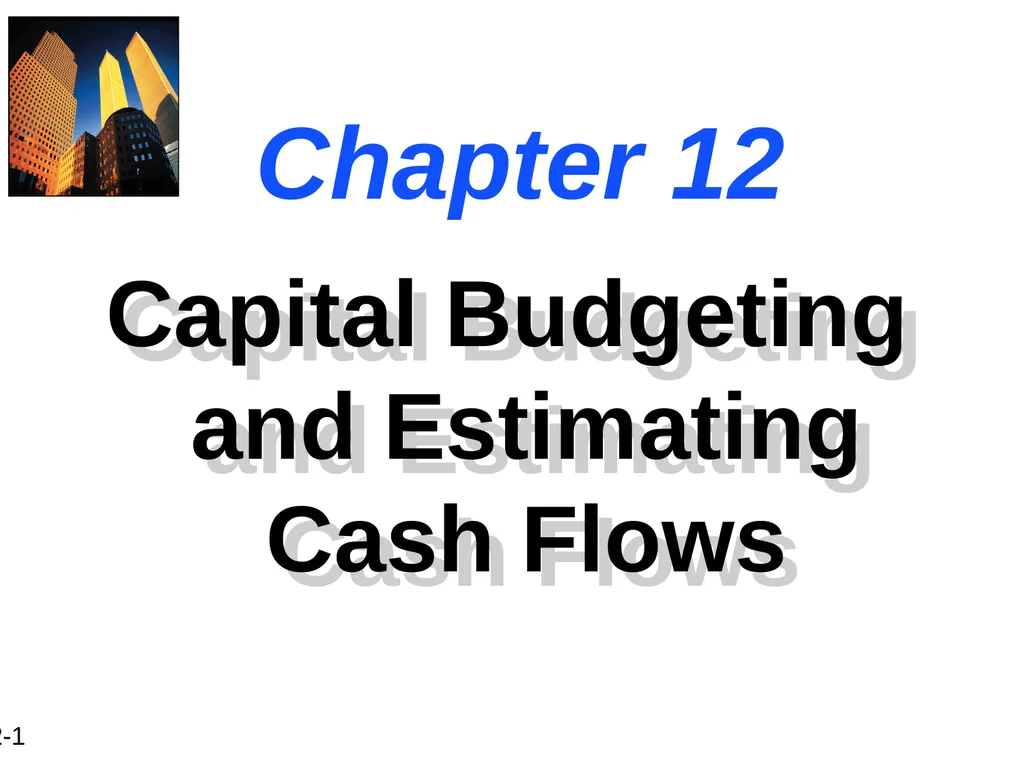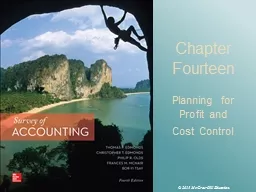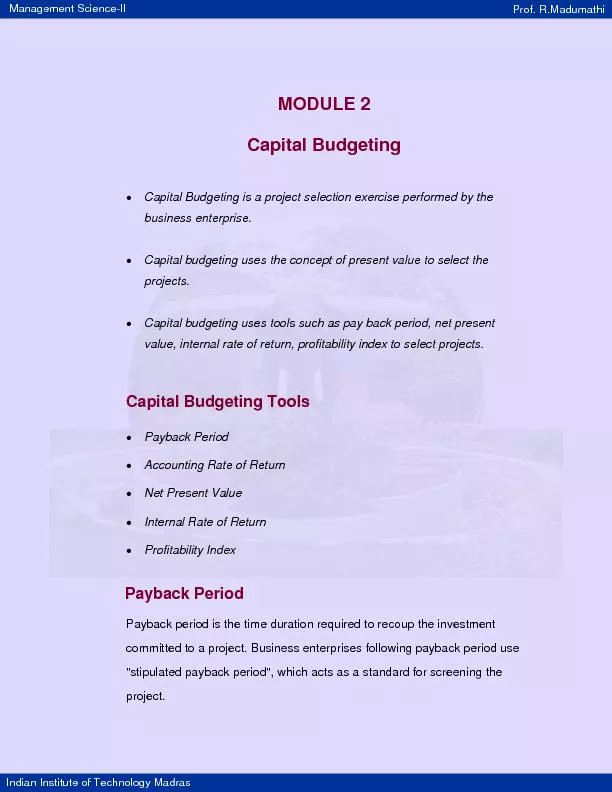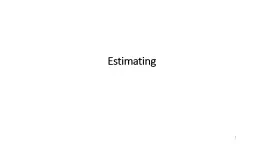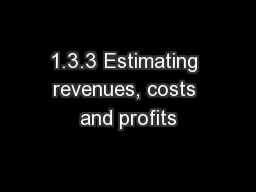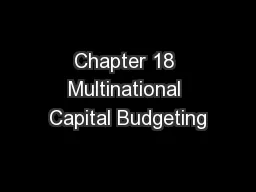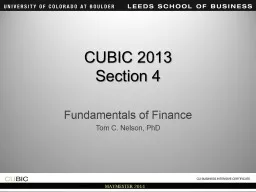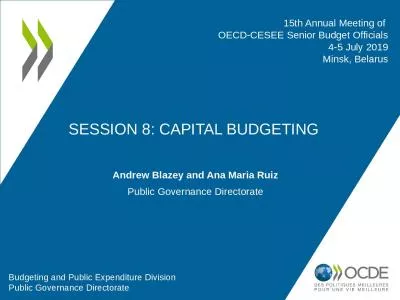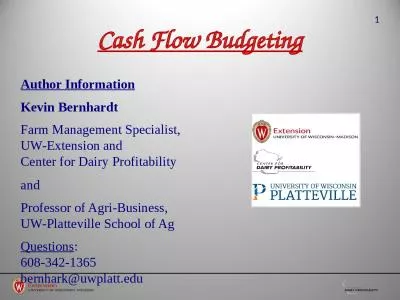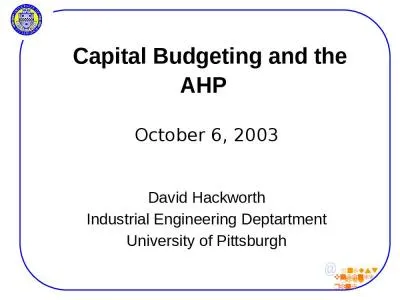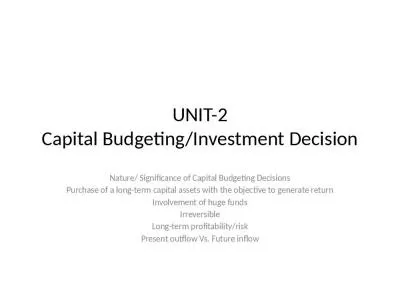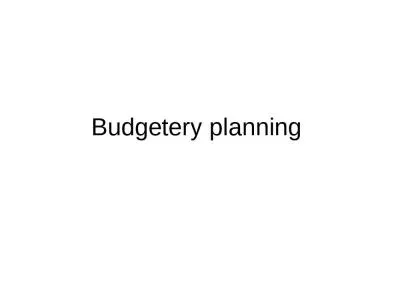Chapter 12 Capital Budgeting and Estimating Cash
Author : danika-pritchard | Published Date : 2025-06-27
Description: Chapter 12 Capital Budgeting and Estimating Cash Flows Capital Budgeting and Estimating Cash Flows The Capital Budgeting Process Generating Investment Project Proposals Estimating Project AfterTax Incremental Operating Cash Flows What is
Presentation Embed Code
Download Presentation
Download
Presentation The PPT/PDF document
"Chapter 12 Capital Budgeting and Estimating Cash" is the property of its rightful owner.
Permission is granted to download and print the materials on this website for personal, non-commercial use only,
and to display it on your personal computer provided you do not modify the materials and that you retain all
copyright notices contained in the materials. By downloading content from our website, you accept the terms of
this agreement.
Transcript:Chapter 12 Capital Budgeting and Estimating Cash:
Chapter 12 Capital Budgeting and Estimating Cash Flows Capital Budgeting and Estimating Cash Flows The Capital Budgeting Process Generating Investment Project Proposals Estimating Project “After-Tax Incremental Operating Cash Flows” What is Capital Budgeting? The process of identifying, analyzing, and selecting investment projects whose returns (cash flows) are expected to extend beyond one year. The Capital Budgeting Process Generate investment proposals consistent with the firm’s strategic objectives. Estimate after-tax incremental operating cash flows for the investment projects. Evaluate project incremental cash flows. The Capital Budgeting Process Select projects based on a value-maximizing acceptance criterion. Reevaluate implemented investment projects continually and perform postaudits for completed projects. Classification of Investment Project Proposals 1. New products or expansion of existing products 2. Replacement of existing equipment or buildings 3. Research and development 4. Exploration 5. Other (e.g., safety or pollution related) Screening Proposals and Decision Making 1. Section Chiefs 2. Plant Managers 3. VP for Operations 4. Capital Expenditures Committee 5. President 6. Board of Directors Advancement to the next level depends on cost and strategic importance. Estimating After-Tax Incremental Cash Flows Cash (not accounting income) flows Operating (not financing) flows After-tax flows Incremental flows Basic characteristics of relevant project flows Estimating After-Tax Incremental Cash Flows Ignore sunk costs Include opportunity costs Include project-driven changes in working capital net of spontaneous changes in current liabilities Include effects of inflation Principles that must be adhered to in the estimation Tax Considerations and Depreciation Generally, profitable firms prefer to use an accelerated method for tax reporting purposes (MACRS). Depreciation represents the systematic allocation of the cost of a capital asset over a period of time for financial reporting purposes, tax purposes, or both. Depreciation and the MACRS Method Everything else equal, the greater the depreciation charges, the lower the taxes paid by the firm. Depreciation is a noncash expense. Assets are depreciated (MACRS) on one of eight different property classes. Generally, the half-year convention is used for MACRS. MACRS Sample Schedule Depreciable Basis In tax accounting, the fully installed cost of an asset. This is the amount that, by law, may be written off over time for tax purposes. Depreciable Basis = Cost of Asset + Capitalized Expenditures Capitalized Expenditures Capitalized Expenditures are expenditures that may provide benefits into the future and therefore are treated as capital outlays and not as expenses of the period in which they were incurred. Examples: Shipping and installation Sale or
